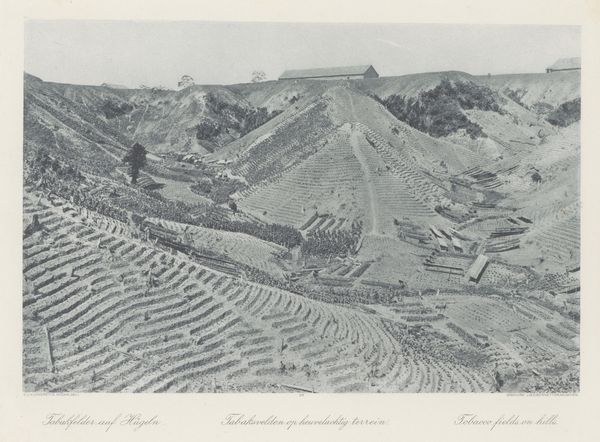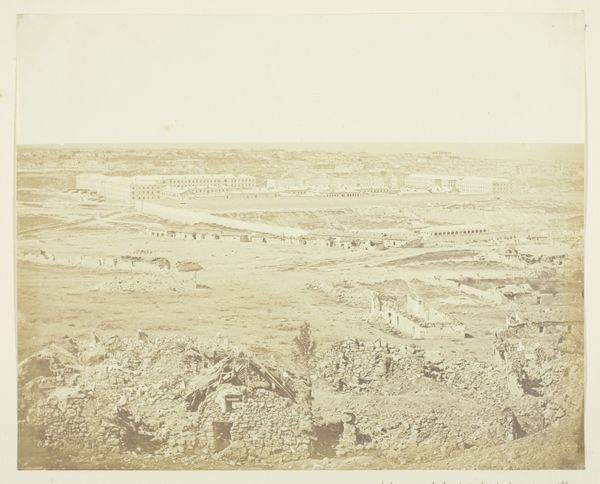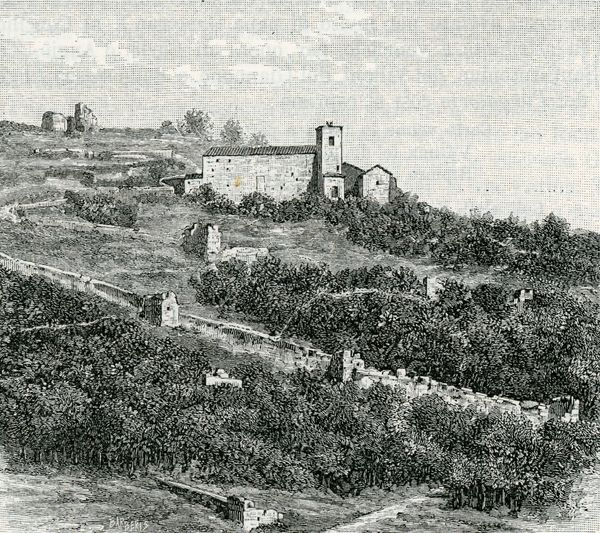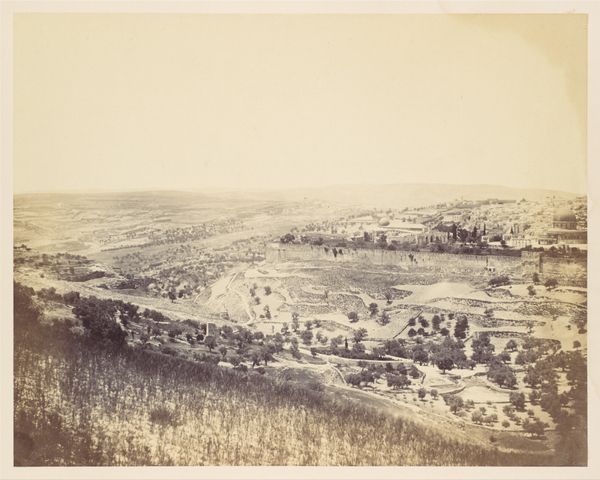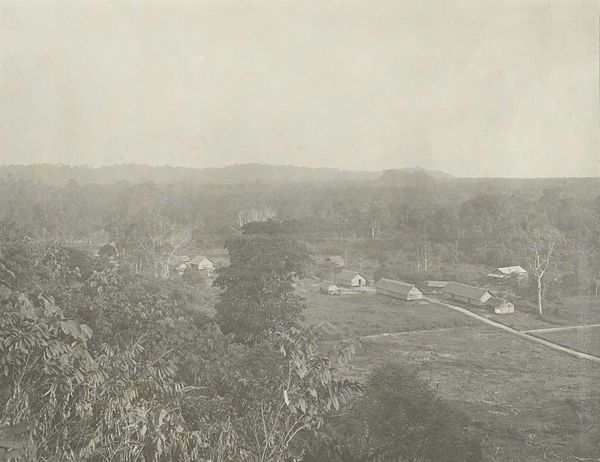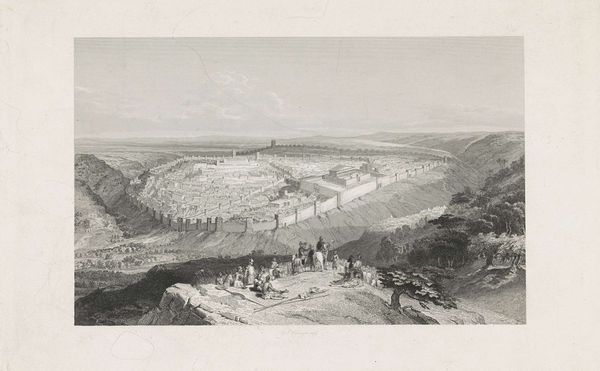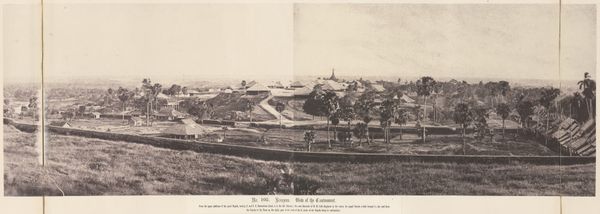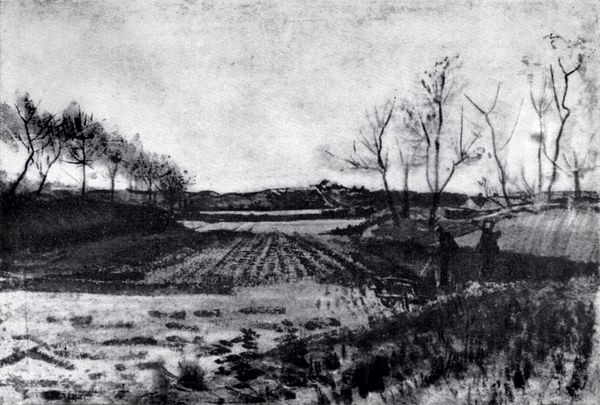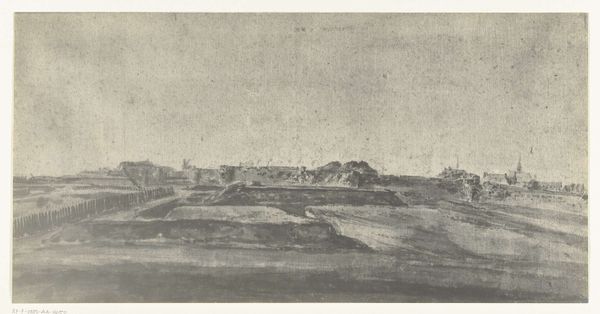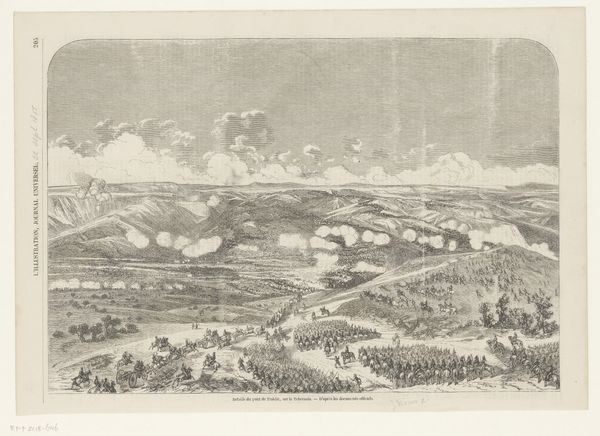
drawing, ink
#
drawing
#
landscape
#
ink
#
post-impressionism
#
monochrome
Dimensions: 60.4 x 48.6 cm
Copyright: Public domain
Editor: This is Van Gogh’s "La Crau Seen from Montmajour," created in 1888 with ink on paper. It’s striking how he captures such an expansive landscape with just monochrome lines. What's your take on it? Curator: Immediately, the dense textures evoke a deep sense of cultural memory connected to the land itself. The methodical rows, precisely drawn, echo humanity’s persistent need to control nature, yet Van Gogh's hand grants a vibrancy which surpasses sterile agricultural depiction. How does it make you feel to see land converted to fields this way? Editor: A bit conflicted, actually. I appreciate the order, but there's also a feeling of nature being, well, formatted. The marks become a little ominous after a while, despite how light the medium looks at first glance. Is it possible Van Gogh saw that duality too? Curator: Precisely. The symbols within suggest it. Consider how the lines, while orderly, have an inherent chaotic energy—the psychological weight of a land simultaneously tamed and untamable. Note the lines do not ‘quite’ meet to complete shapes but become abstractions representing cultivation. What lasting impact do you believe this imagery aimed to evoke in its viewers? Editor: It feels like he’s trying to show that the beauty comes not from the cultivated fields themselves, but the human endeavor…or perhaps struggle. So in a way it carries some symbolism and shows the weight of hard work. Thank you, this was fascinating. Curator: It demonstrates the weight that cultural memory places upon these scenes; landscapes transform through not only space but also within the viewer’s memory. Food for thought, certainly!
Comments
No comments
Be the first to comment and join the conversation on the ultimate creative platform.
